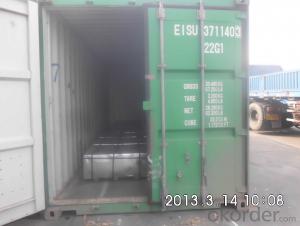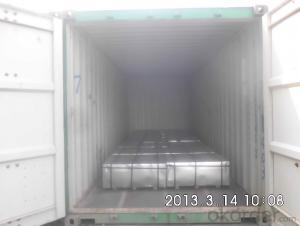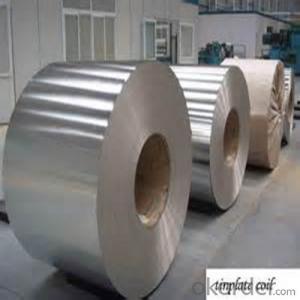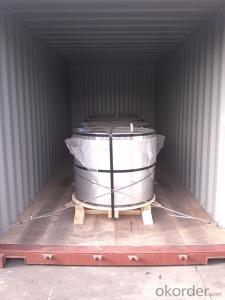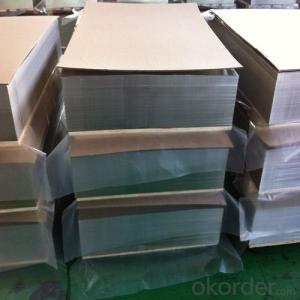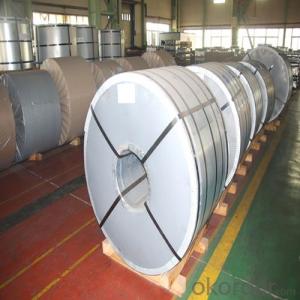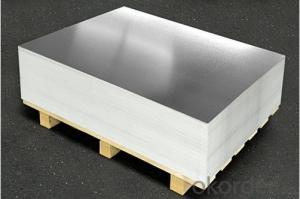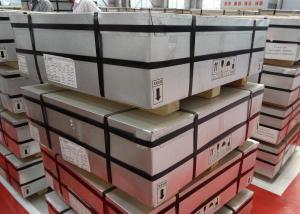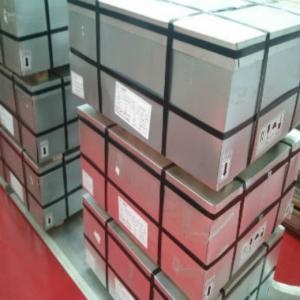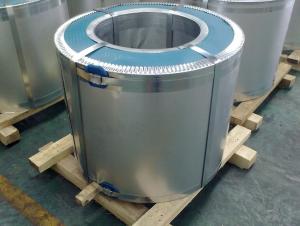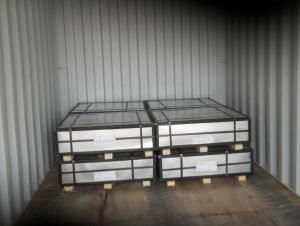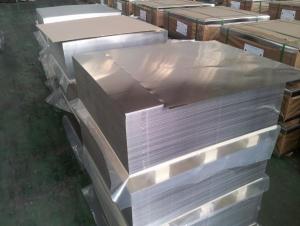Prime Quality Tin Free Steel for Can Lids
- Loading Port:
- Shanghai
- Payment Terms:
- TT OR LC
- Min Order Qty:
- 25 m.t.
- Supply Capability:
- 25000 m.t./month
OKorder Service Pledge
OKorder Financial Service
You Might Also Like
Specification
1.Structure of Prime Quality Tin Free Steel for Can Lids Description
Tin Free Steel (TFS) is thin black plate with two coats; one of metal chrome film and the other of chromium oxide. TFS is ideal for the manufacturing of crowns, container ends & shallow drawn cans etc. TFS is also known as Chromium coated steel.
2.Main Features of the Prime Quality Tin Free Steel for Can Lids
Chromium coated
Corrosion Resistant
Easier to recycle.
Sulphur Blackening Resistance: TFS has sulphur resistance properties, which can be used for canning protein- rich food such as fish.
Filiform Rust Resistance: Filiform is superficial corrosion of the base metal. TFS has a superior base metal which makes it corrosion resistance.
Coating: The coating in TFS is not amphoteric (having the characteristic of an acid and a base, is a compound that can react as either an acid or a base). This means that detergents and dispersion colors can be packed easily.
Paint Adhesion : TFS possesses better paint adhesion properties, thus making it ideal for DRD cans and adhesive bonded cans.
3.Prime Quality Tin Free Steel for Can Lids Images
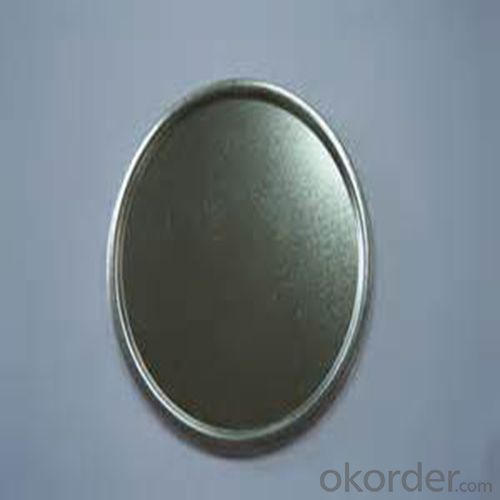
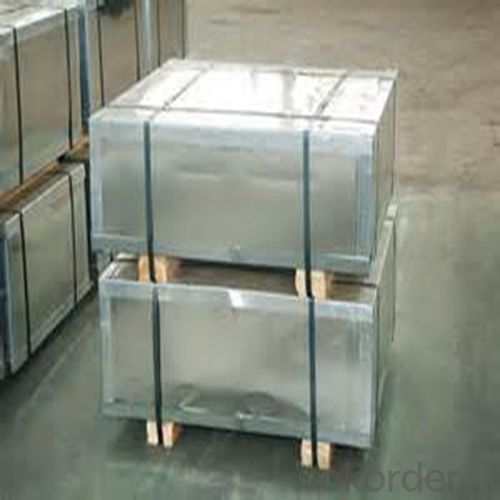
4.Prime Quality Tin Free Steel for Can Lids Specification
TFS (TIN FREE STEEL)
Thickness: 0.13 to 0.40mm
Width: 600 to 1250mm
Coating:50-60G/M2
Temper : BA and CA
For metal packaging usage
5.FAQ of Prime Quality Tin Free Steel for Can Lids
-What is MOQ?
Our MOQ would be 25 tons.
- Do you only have prime quality TFS ?
We can supply both prime and second quality TFS.
- Q: What are the factors that affect the price of tinplate?
- The factors that affect the price of tinplate include the cost of raw materials such as tin and steel, supply and demand dynamics in the market, production and manufacturing costs, currency exchange rates, trade policies, and economic factors such as inflation and global economic conditions.
- Q: How does tinplate affect the overall barrier properties of packaging?
- Tinplate enhances the overall barrier properties of packaging by providing a protective layer that effectively prevents the transfer of oxygen, moisture, and light. This barrier helps to preserve the quality, freshness, and shelf life of the packaged product, ensuring its integrity and safety.
- Q: What are the common sizes of tinplate sheets?
- The common sizes of tinplate sheets vary, but they generally come in standard dimensions such as 24 x 36 inches, 36 x 48 inches, and 48 x 96 inches.
- Q: Cookies with tinplate packaging has what advantage?
- The decoration is exquisite: the metal material has good printing performance; the design trademark is bright and beautiful; the packaging container made by it is noticeable, and it is a kind of good sale packing.
- Q: Soup with tin cans loaded also need high temperature sterilization?
- At present, there are DN400x500, DN600x1000, DN800*1000, DN900*1000 and DN900x1500 in the market, and the small sterilization pot with boilers is heated by steam. If not, heating by electricity can also be done. The phone won't be left. If you need any service from the manufacturer, you can call me from Hi. The key is not to sell, eliminating confusion is the key.
- Q: Can tinplate be used for packaging of flammable liquids?
- No, tinplate is not suitable for packaging flammable liquids as it can easily react with the contents and potentially cause a fire or explosion.
- Q: What are the main regulations governing the use of tinplate in different industries?
- The main regulations governing the use of tinplate in different industries vary depending on the country and specific industry. However, some common regulations include standards for food contact materials, such as the Food and Drug Administration (FDA) regulations in the United States, which ensure the safety of tinplate used in packaging food and beverages. Other regulations may pertain to health and safety standards, recycling and waste management practices, and environmental regulations related to the production and disposal of tinplate. It is important for businesses to comply with these regulations to ensure the safe and responsible use of tinplate in different industries.
- Q: How is tinplate used in the pet food industry?
- Tinplate is commonly used in the pet food industry for packaging purposes. It provides a durable and protective barrier against moisture, light, and oxygen, ensuring the quality and freshness of pet food. Tinplate cans are widely used to package wet pet food products, providing a long shelf life and easy storage for pet owners.
- Q: What are the main challenges in tinplate storage and transportation?
- The main challenges in tinplate storage and transportation include ensuring proper protection against rust and corrosion, maintaining temperature control to prevent damage to the tinplate, preventing stacking or handling errors that may result in dents or scratches, and ensuring efficient logistics to minimize delays and damage during transportation. Additionally, complying with safety regulations and maintaining adequate inventory management are also significant challenges in tinplate storage and transportation.
- Q: What are the different ways to recycle tinplate closures?
- There are several different ways to recycle tinplate closures. One way is to take them to a recycling center where they can be melted down and reused to make new tinplate products. Another way is to repurpose them by using them for arts and crafts or other creative projects. Additionally, some companies offer take-back programs where you can return your tinplate closures to be recycled by the manufacturer.
Send your message to us
Prime Quality Tin Free Steel for Can Lids
- Loading Port:
- Shanghai
- Payment Terms:
- TT OR LC
- Min Order Qty:
- 25 m.t.
- Supply Capability:
- 25000 m.t./month
OKorder Service Pledge
OKorder Financial Service
Similar products
Hot products
Hot Searches
Related keywords
